Early large aperture standard lens XENON 5cm F1.5
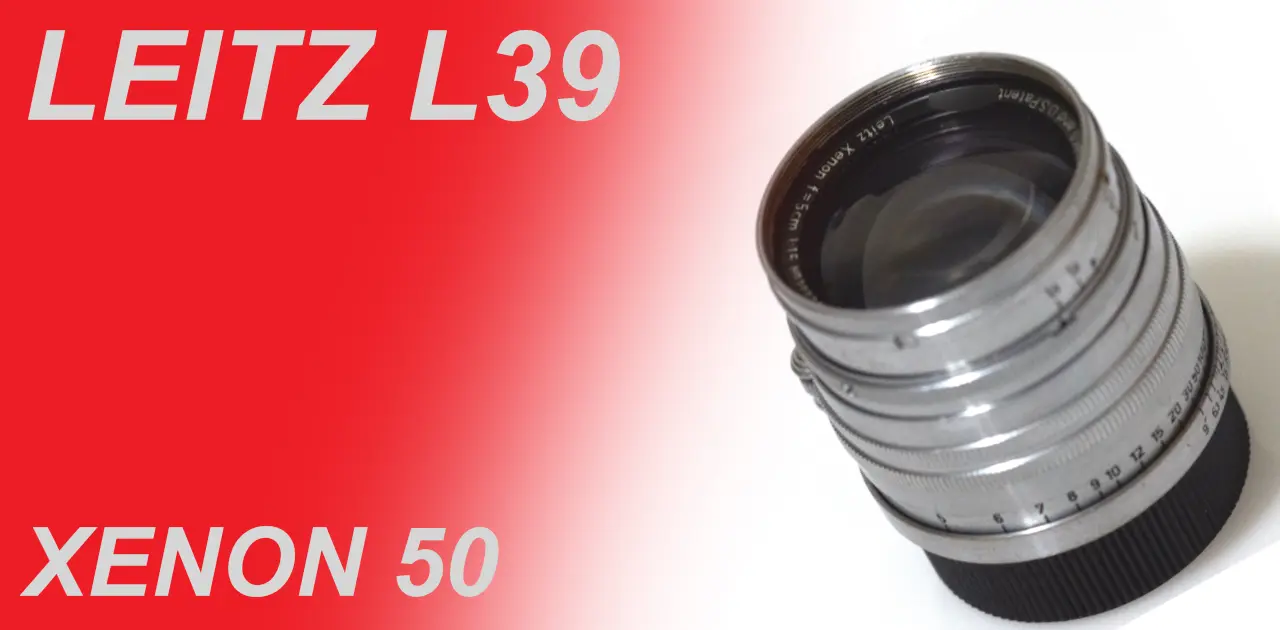
A review and photo examples of the LEITZ XENON L39 50mm F1.5 with LEICA M9.
Table of contents

Gallery
- The sample photos were taken with the LEICA M9.
Review
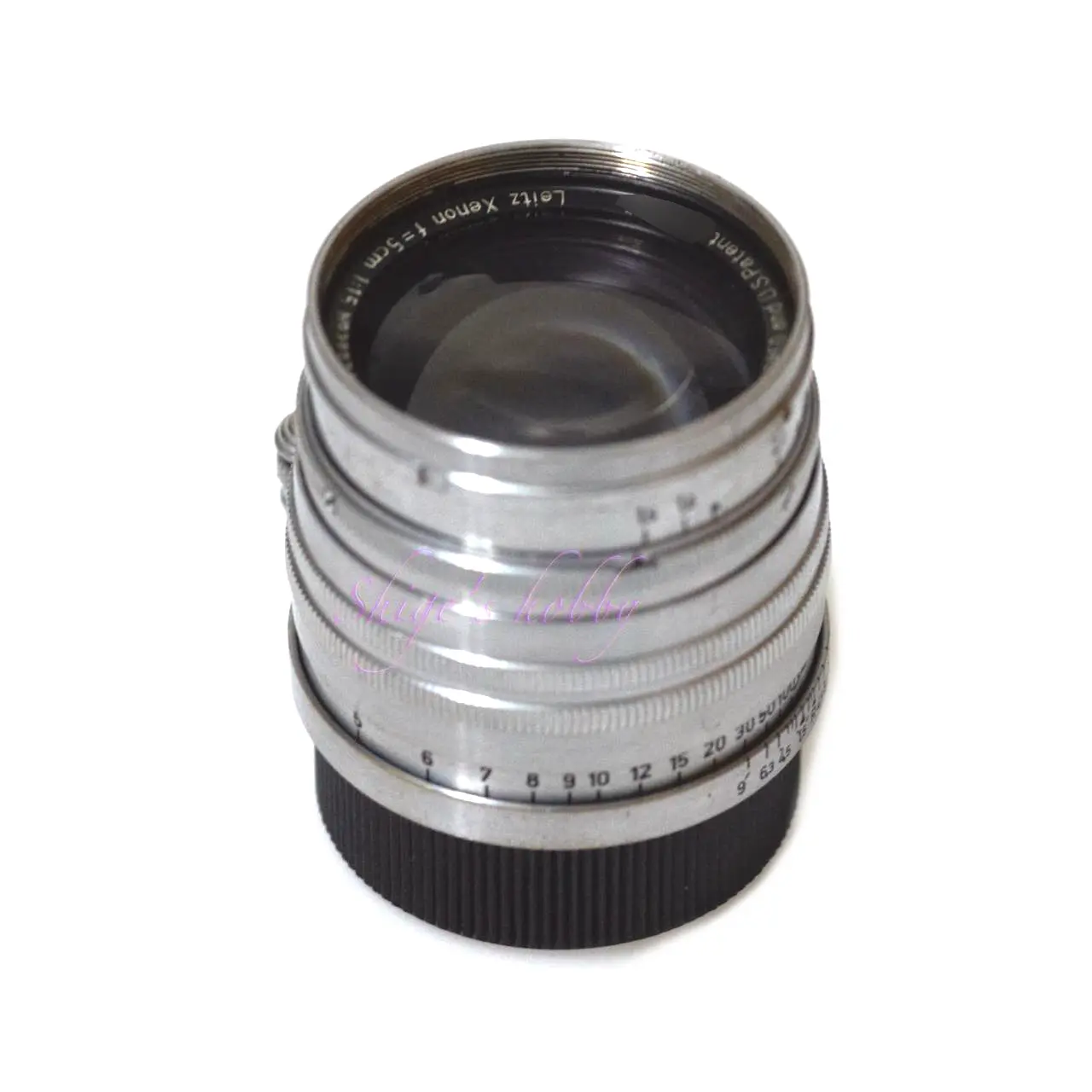
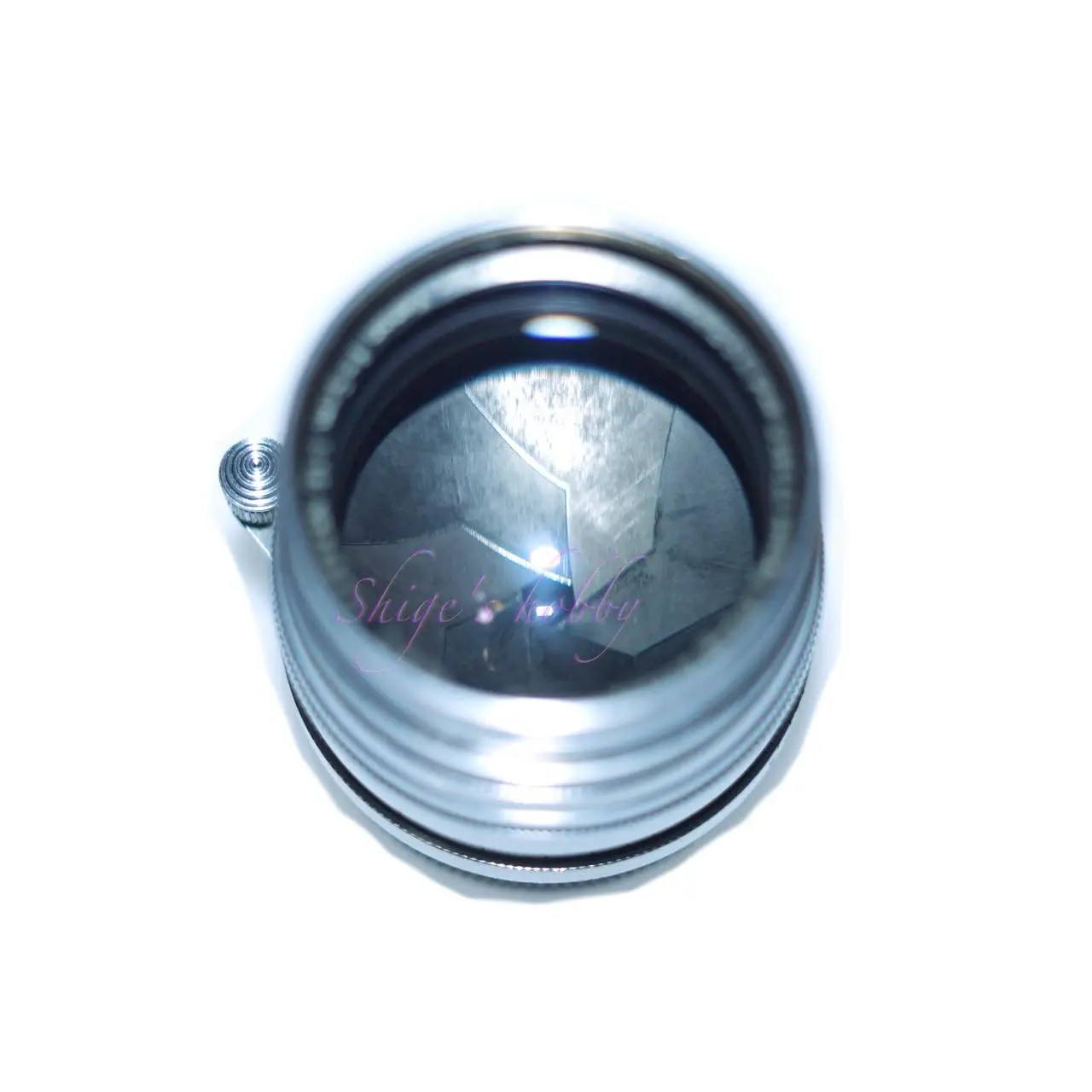
1.Overview
According to the Leica Wiki, the Xenon 50mm F1.5 was a bright standard lens made by Schneider and released in 1935, the predecessor to the Summarit and Summilux.
Around 6,000 were produced between 1935 and 1939. As the lens is only available in an L-mount version, an M/L ring is attached when using it with an M-type Leica. The minimum shooting distance is 1m, the aperture has six blades, and there is a stopper at the infinity position of the lens, similar to that of Elmar.
The exterior design differs depending on the year of manufacture, with early models having two bands on the focus ring and later models having three bands.
2.Usability
Xenon lenses are already 90 years old, and as of 2024, they are relatively rare even on the used market.
When I bought this lens, I had already reached the peak of my interest in Leica lenses, and I saw a used one at Kitamura Camera, and since it was not expensive considering how rare it was, I bought it.
It worked well with the Leica M9 I was using at the time, and I was able to focus on the desired position by using the double image alignment in the rangefinder at full aperture. The image is generally soft, probably because it is an old lens and has cloudiness and scratches.
There is little roughness in the background bokeh, and some people may like the melting feeling. There is also a rugby ball-shaped blur due to vignetting in the peripheral areas.
As for the focus ring, the lens I owned had a moderate stickiness and was easy to focus on, but this is also probably the result of an overhaul at some point.
3.Summary
In conclusion, to sum up the XENON 50mm, the shooting results are indistinguishable from the SUMMARIT 50mm.
The image quality is also fluffy at full aperture, just like the SUMMARIT, so if you don’t need that, it’s not a lens worth paying a high price for.
Since it’s been 90 years since it was manufactured, many of the lenses are in poor condition, and those in mint condition may have had some kind of repair done.
Specification
Leica’s bright standard lenses were supplied with this Xenon for a short period of time, before moving on to the long-lasting Summilux. Then it was replaced by the first-generation Summilux.
- The lens construction diagrams are quoted from each company’s materials, and the sizes have been adjusted by us, so they are not exact.
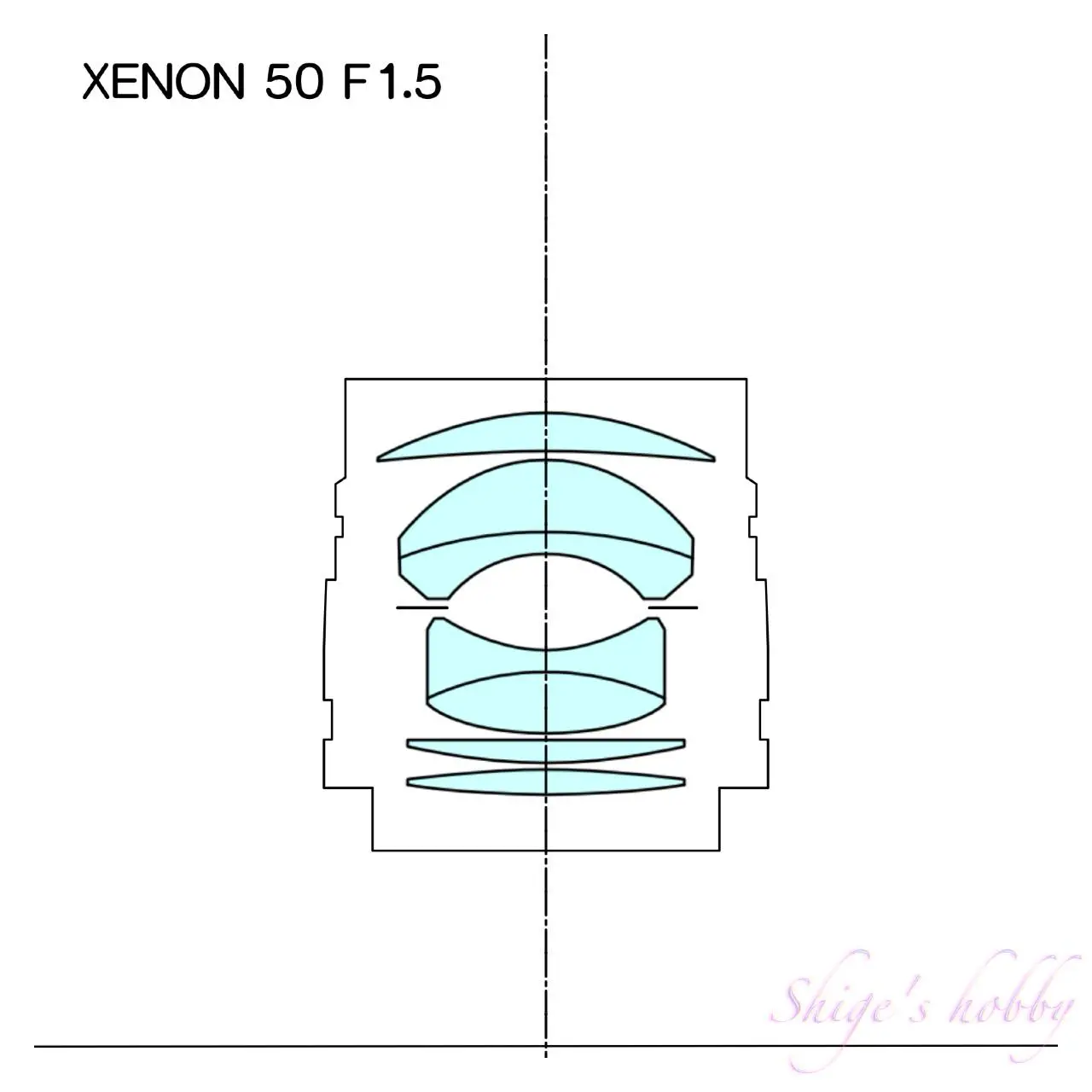
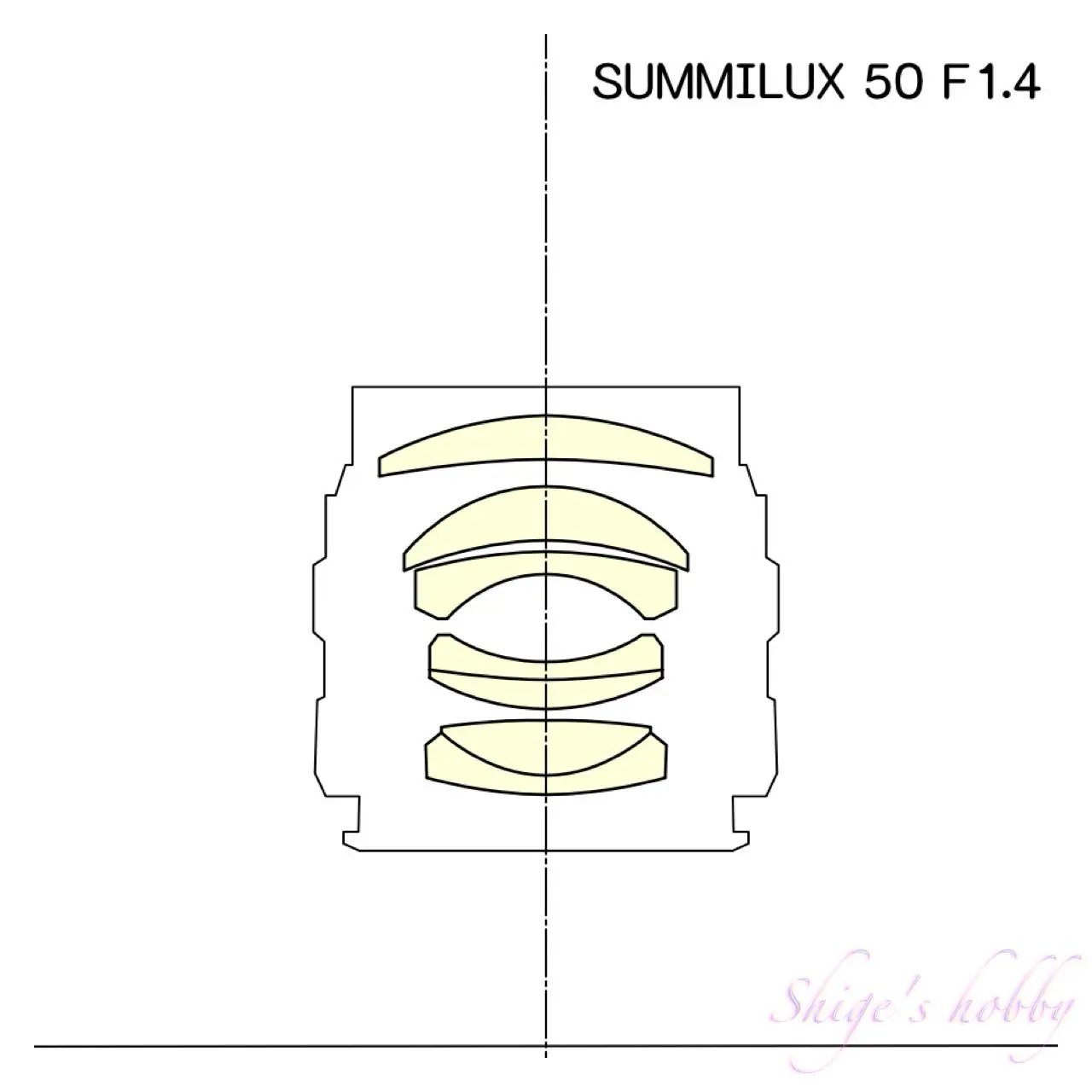
I tried three generations of lenses, Xenon, Summilux, and Summilux, but I didn’t feel a big difference between the Xenon and Summilux. The Summilux lenses gave the most stable results, perhaps due to the better condition of the lenses.
Leica’s standard lenses include this bright standard lens series, the Summicron-led F2 lens series, and the F2.8 Elmar series. All of these are a matter of preference, so it’s best to try out the lens design and find the lens that gives you the image you like.
The Noctilux series is large and heavy, so it falls into the category of special lenses rather than standard lenses.
| Items | XENON | SUMMILUX 1st |
| focal length(mm) | 50 | 50 |
| Maximum aperture | 1.5 | 1.4 |
| Minimum aperture | 9 | 16 |
| Leaf blade | 6 | 16 |
| Lens configuration | 7 elements in 5 groups | 7 elements in 5 groups |
| Minimum distance(m) | 1.0 | 1.0 |
| Lens length(mm) | 47 | 52 |
| Lens max diameter(mm) | 48 | 53 |
| Filter type | A43/E41 | A45/E43 |
| Weight(g) | 300 | 320 |
| Hood | XIOOM | XOOIM |
| Lens mount | L39 | M |
| Release date | 1935〜1939 | 1958〜1961 |
| Production numbers | 6,504 | 19,600 |
Reference links
- Leica Wiki 「XENON 1.5/50」
- Leica Lenses of the World Part 4 P44 (Contributed by Koji Hasegawa)・Ads by Amazon
- NOKTON X ULTRON X XENON Tronnier lenses・Have fun with cine lenses and old lenses!
- LENS.DB XENON
- SUMMILUX M 50mm 1st・Shige’s hobby
Update history
- 2025.4.25
- 2025.1.4
Affiliate links
- Please see the disclaimer regarding advertising here.
- Italicized links in the text are advertisement links that take you to other sites.
- Leica lens・Ads by Amazon
- Leica digital・Ads by Amazon
- Leica camera body・Ads by Amazon
- Leica accessory・Ads by Amazon
- Leica book・Ads by Amazon

Amazon Prime Sale
Leave a Reply